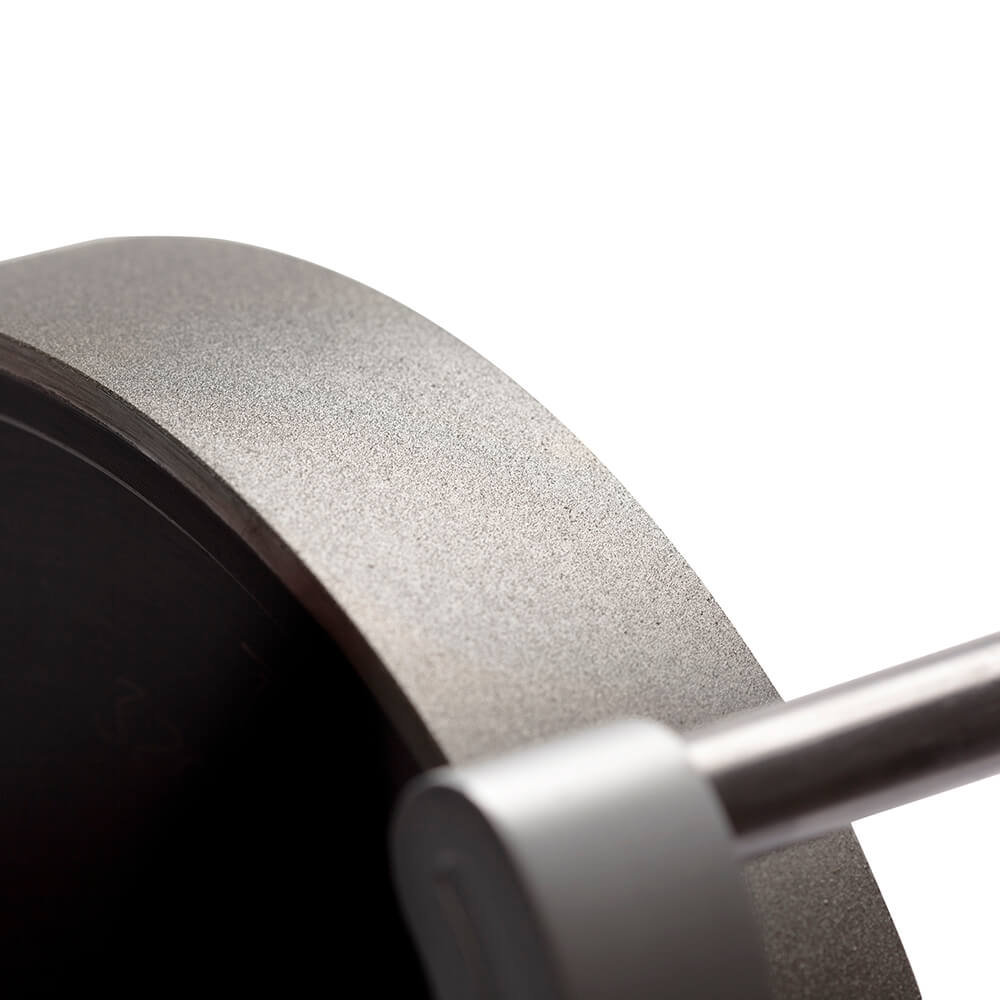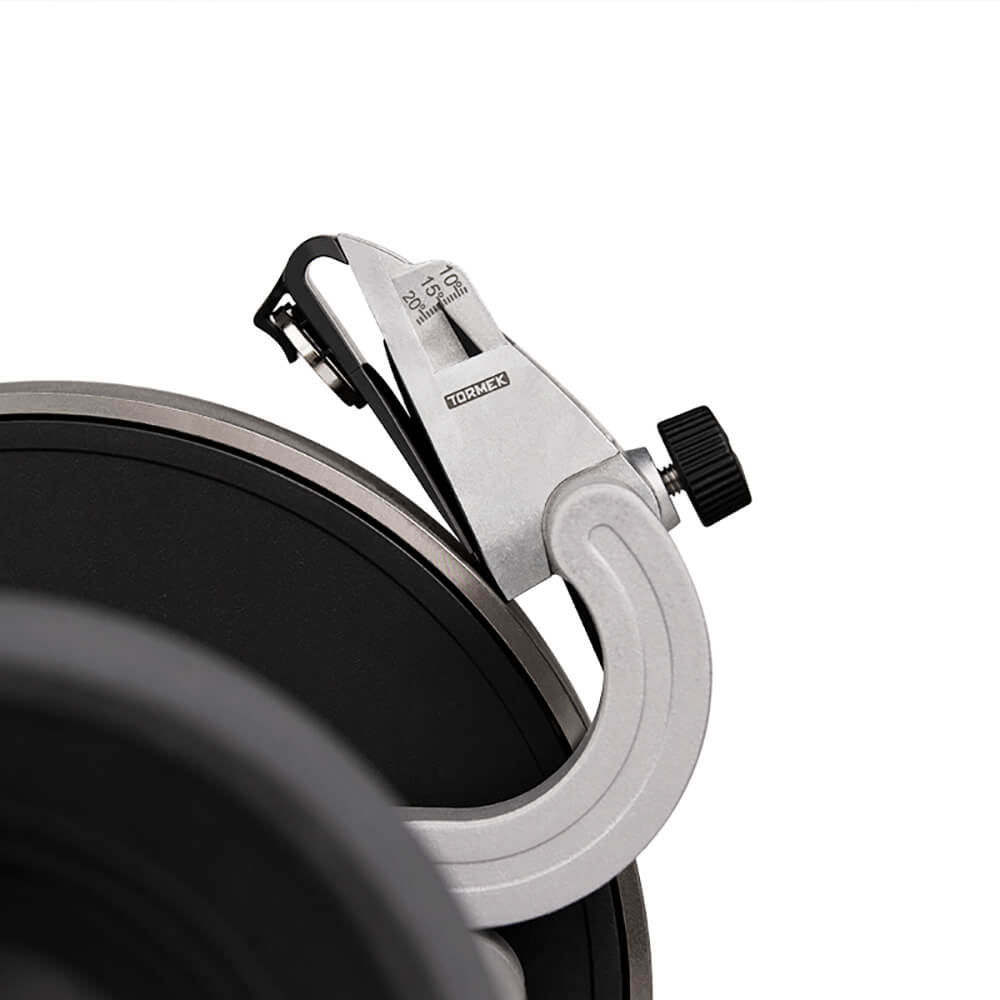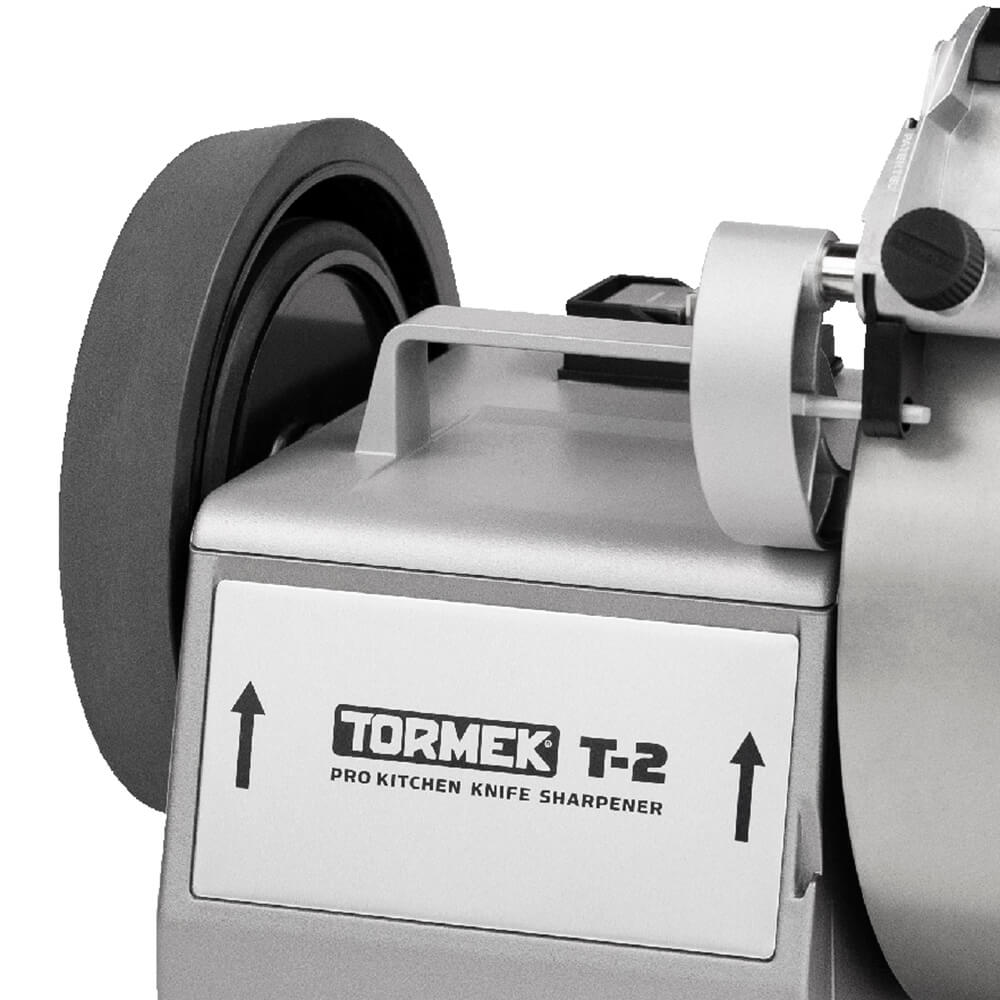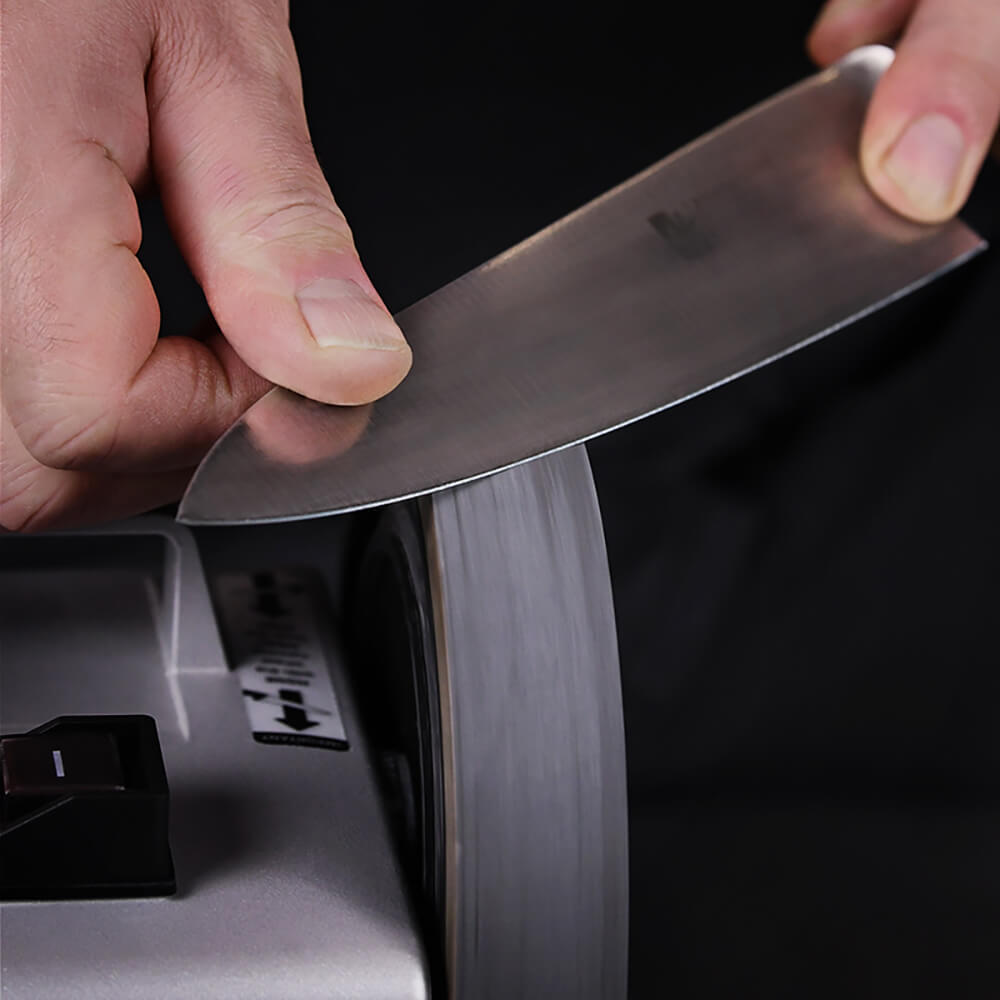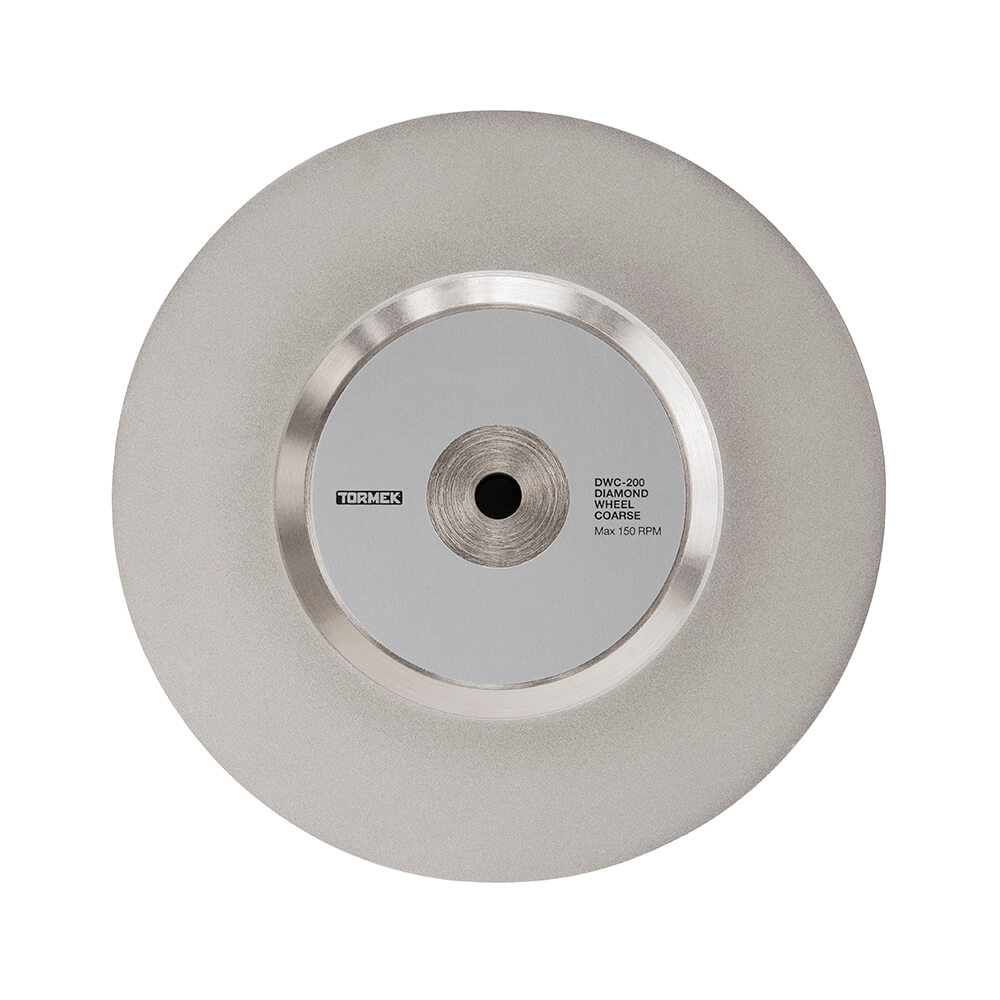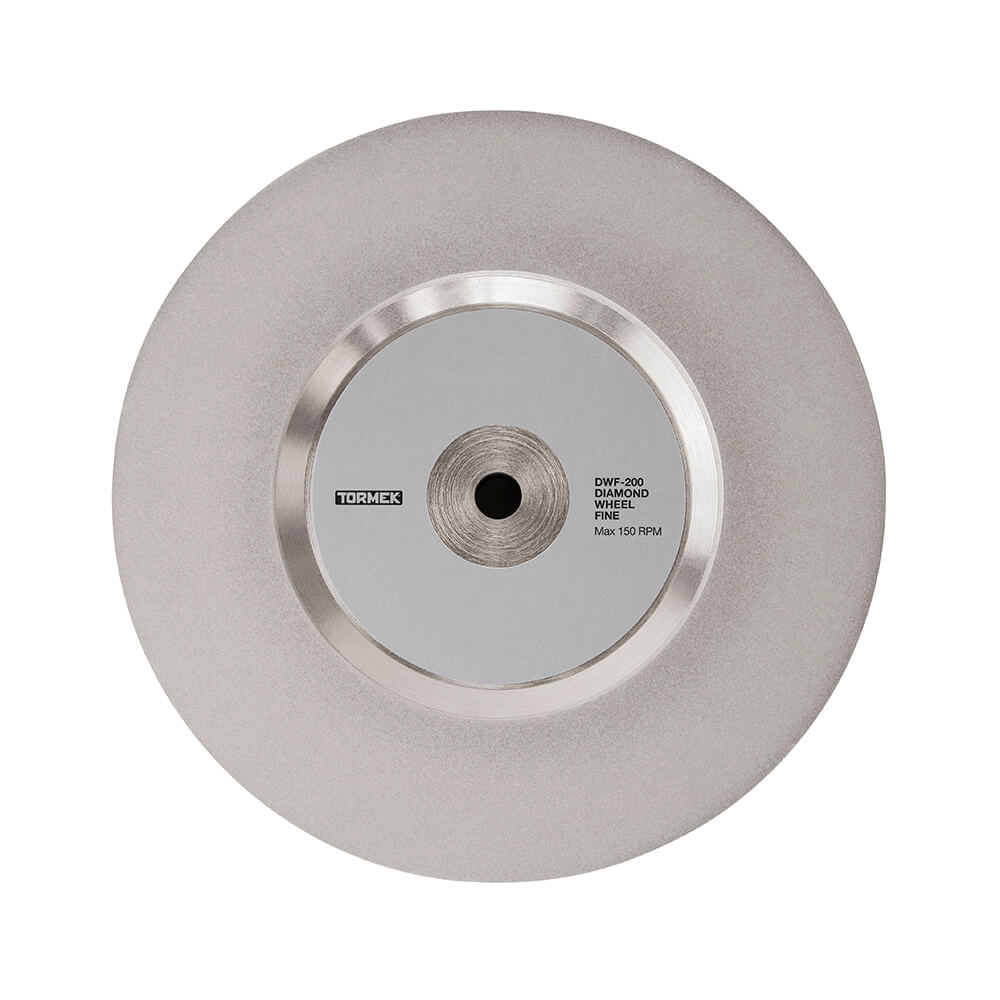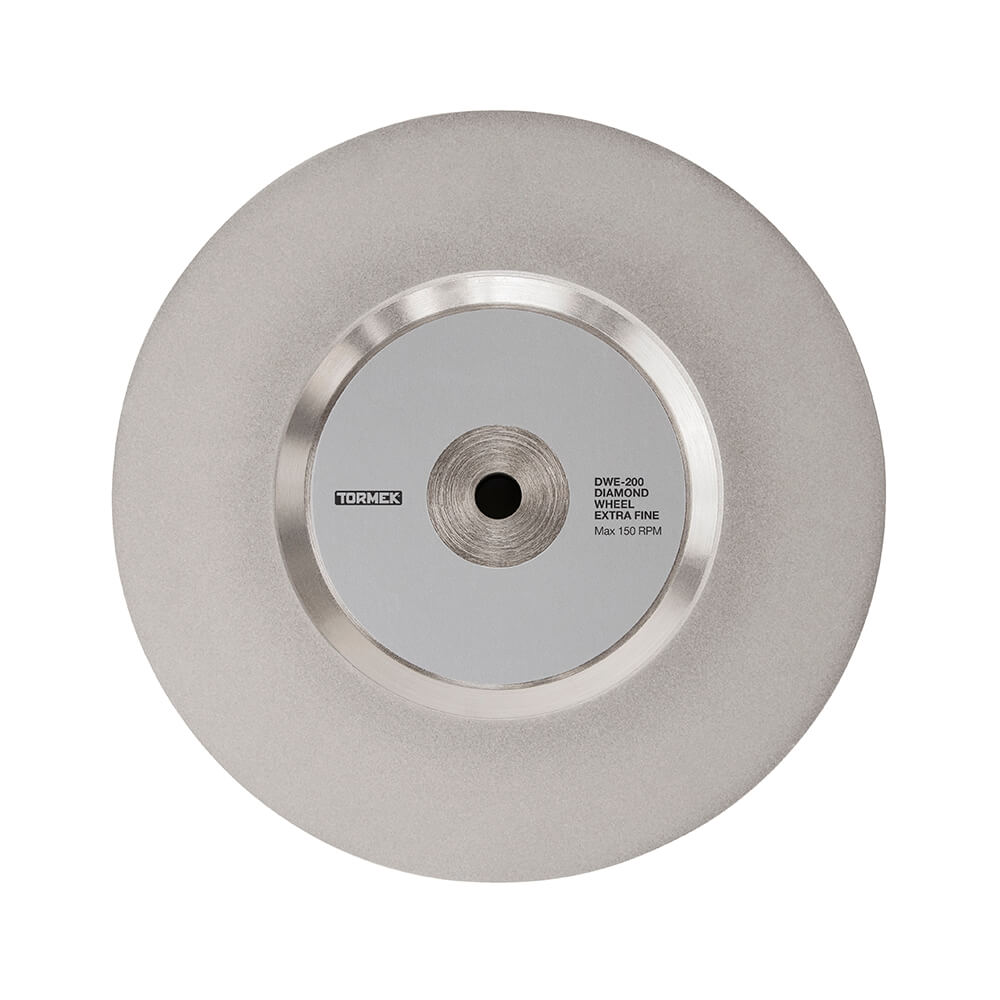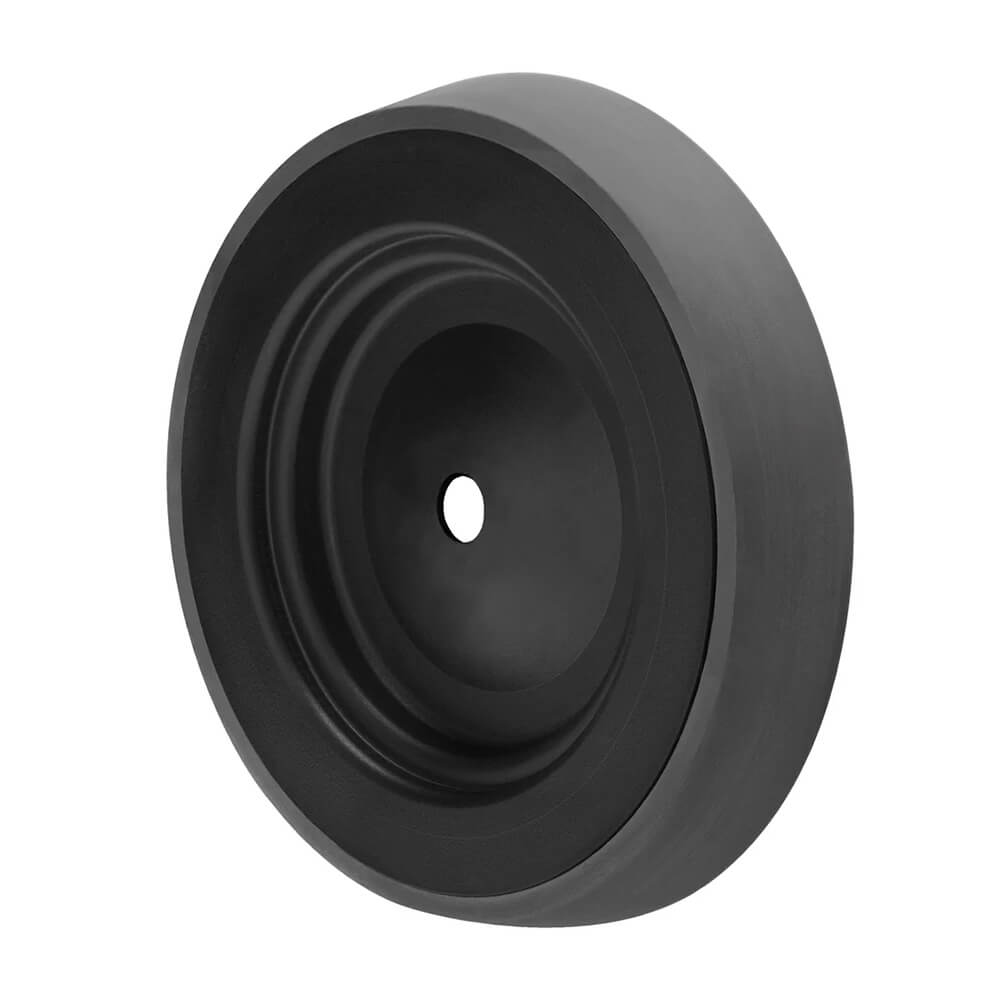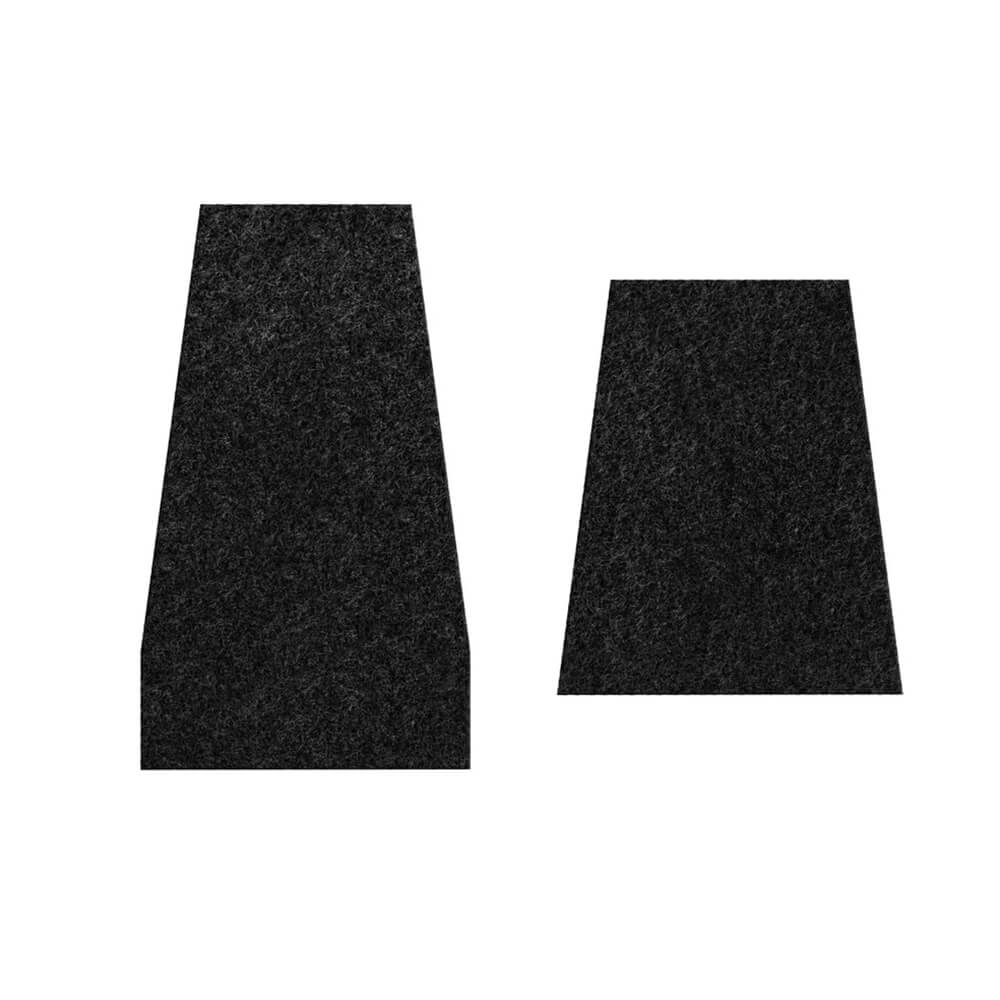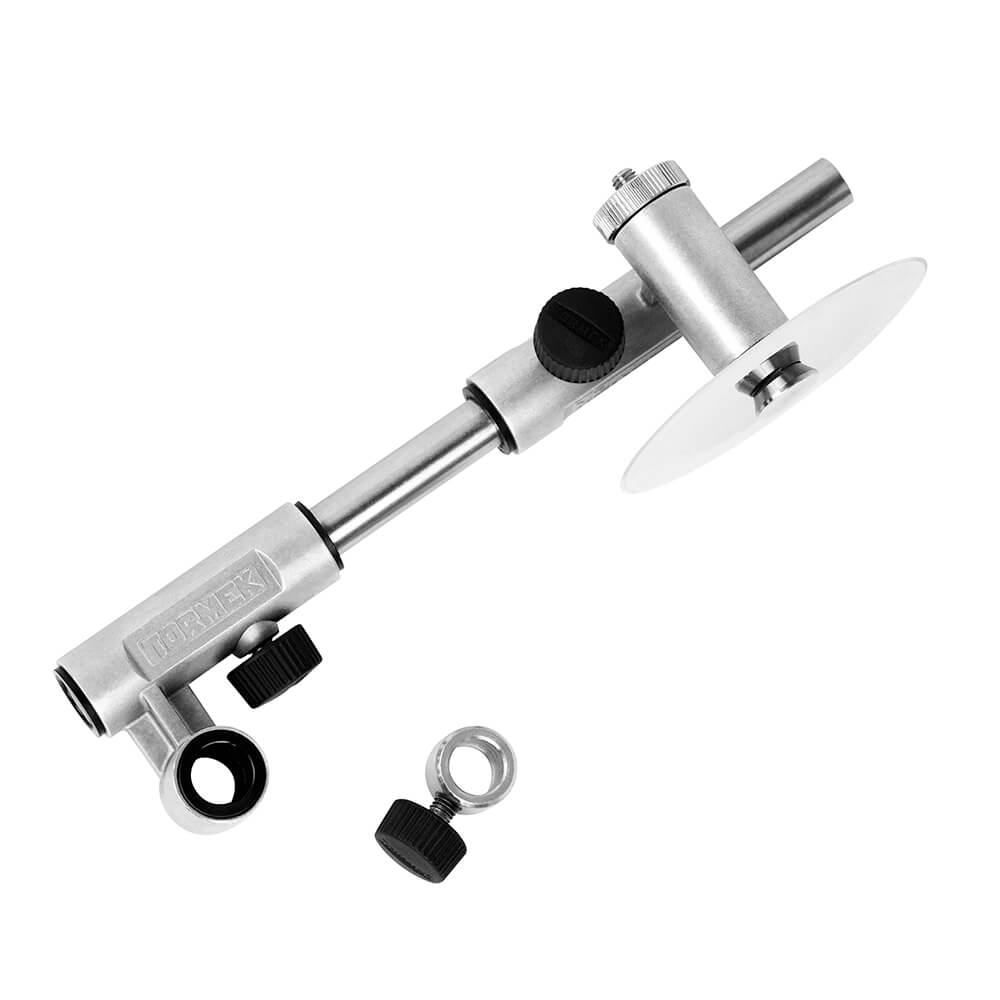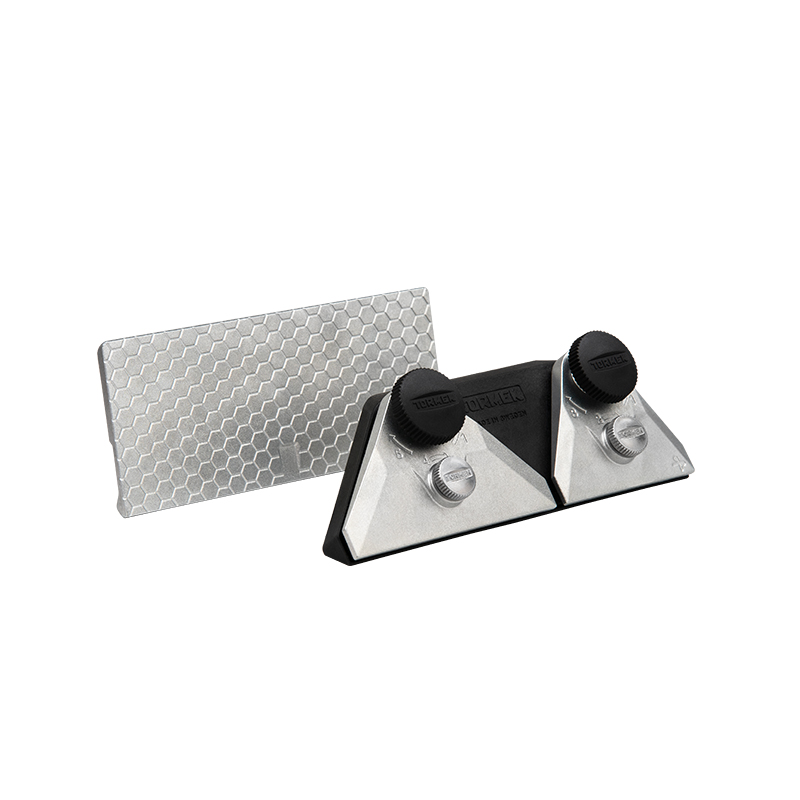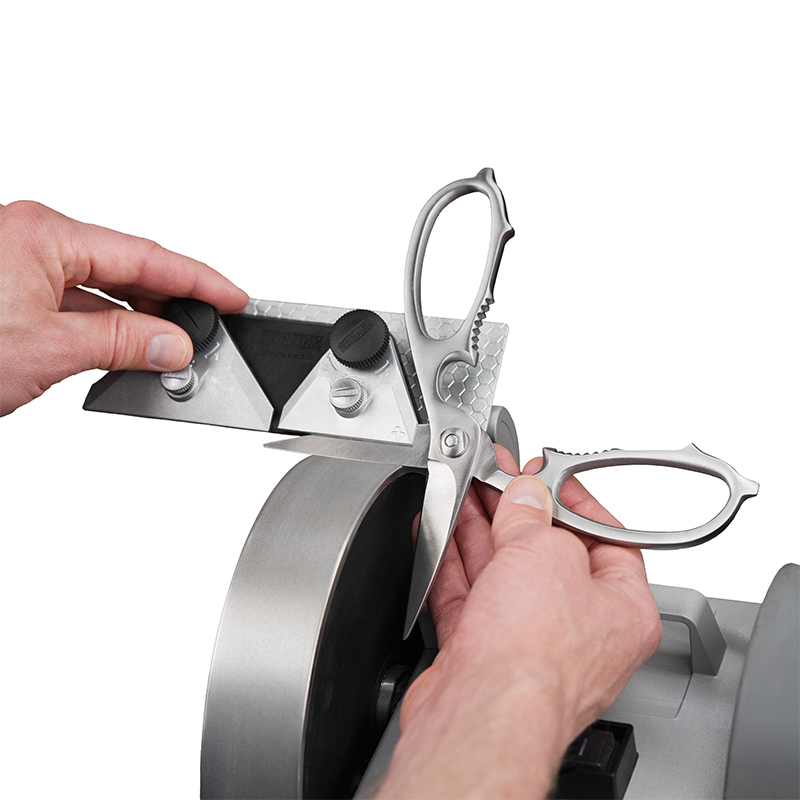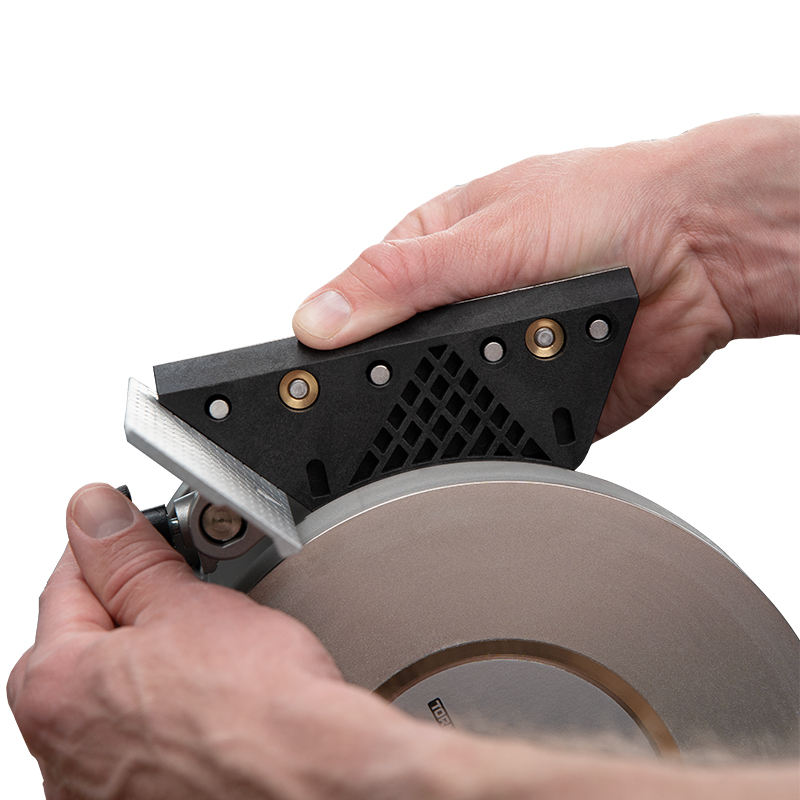The recommended angle of your knife is often written on the knife’s packaging. If you don’t find it there you can often find it on the manufacturer’s website. Below you’ll find the angle recommendations from some “well-known” knife manufacturers.
Please note that despite the fact that the vast majority of knives are dual-bevel, knife manufacturers list their edge angles based on the number of degrees of a single bevel. For example, dual bevel listed as 15 degrees is actually two 15-degree angles, or 30 degrees total. Therefore, all angles in this document is listed as single bevel angles.
Cangshan
Cangshan knives are sharpened to an Asian-style 16-degree edge. Learn more at their website.
Chroma
A Chroma knife should be sharpened to 10-20 degrees. Learn more at their website.
F. DICK (Friedr. DICK)
Dick recommend 15-20 degrees for their DICK Hoof Knives.
Global
Global recommend an angle of 10-15 degrees. Learn more at their website.
Korin
Korin knives recommend a 10-20 degrees angle on their Western style knives. For their traditional Japanese knife see please go to the website. Learn more at their website.
MAC
MAC knives have factory edges of 15 degrees. Their recommendation is 10-15 degrees.
Messermeister
Messermeister Elité and Park Plaza knives have a 15-degree angle. Learn more at their website.
Starting in 2018, the Four Seasons knife collection now features a 15-degree angle. Learn more at their website.
Shun and Kai
Shun recommend a 16-degree angle of Shun and Kai double-bevelled knives. Learn more at their website.
Victorinox
Victorinox indicates the total cutting angle. Sharpening a Victorinox should be between 30 to 40 degrees, which is 15-20 degrees on each side. Learn more at their website.
Wüsthof
The sharpening angle for standard blades is 14 degrees, and for Asian-style blades (Santokus, Nakiris, Chai Daos) it’s 10 degrees. Learn more at their website
Zwilling J. A. Henckels and Miyabi
The angle between the blade and the steel should be approximately 15 degrees for ZWILLING knives. Santoku knives and all MIYABI and Kramer made by ZWILLING knives need to be 9-12 degrees. Learn more at their website.
Set the existing knife angle using Tormek Marker Method
If you want to repeat an existing angle but don’t know the angle of your knife, the easiest way is to use the Tormek Marker Method with a black permanent marker. By following three simple steps you can quickly get the correct angle.
- Colour the bevel, mount the knife in the jig and place it onto the Universal Support.
- Turn the grinding wheel by hand and check where the colouring is removed
- Raise or lower the Universal Support until the colouring is removed from the tip to the heel. Now, the angle is just right and it’s time to start sharpening!

